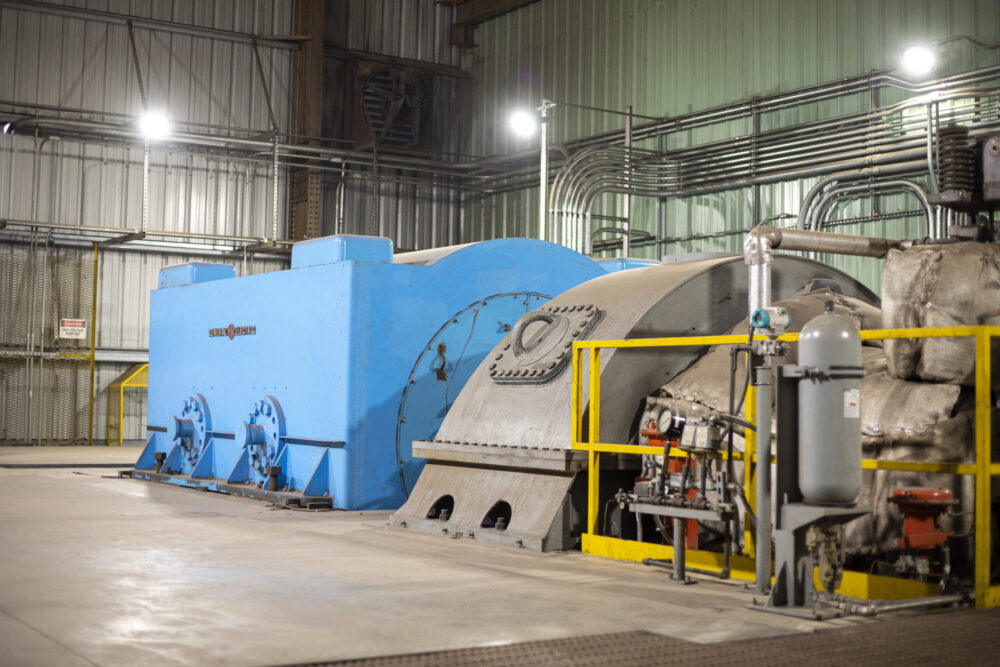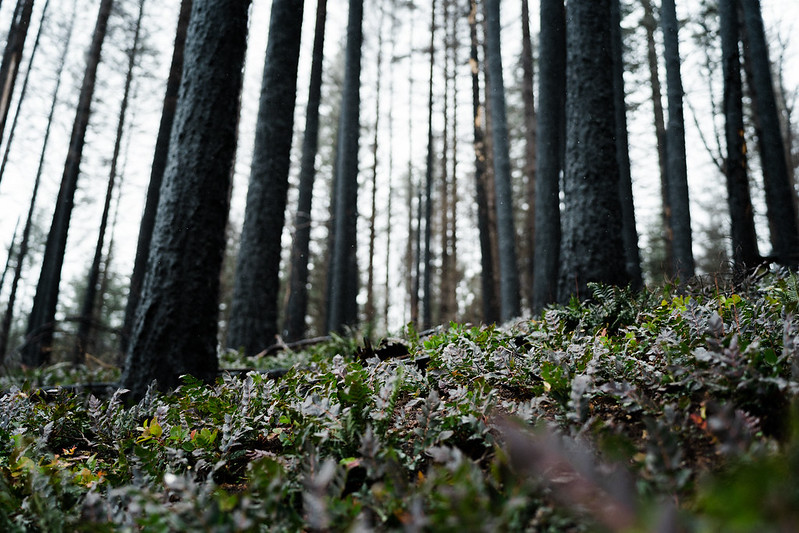The high risk of wildfires caused by a combination of high winds and high temperatures at the start of the month was an uncomfortable reminder of the Labor Day fires of 2020 and the devastation they wrecked upon our communities. A feeling of déjà vu was unavoidable as realization sunk in that the conditions which created the opportunity for those fires two years ago are still present today.
One significant difference, however, was that the electric utilities aggressively shut down power to communities to eliminate the risk of fires getting started or spreading due to fallen power lines and transformers.
The Santiam Canyon was one of the areas affected by utility-induced, widespread power outages and we were not able to operate for one day as a result. There is a cost to shutting off the power to a community related to reduction of economic activity and loss of basic services.
Some members of our community mentioned that we should have been able to operate during the outage because we have a cogeneration plant which generates electricity. This is unfortunately not the case. Our Lyons location has been in operation since the late 1940’s, and the local utility feeds our plants from multiple different points to a variety of transformers, all of which the utility owns since we are Secondary Metered.

To supply power to our plants we would need to route our own power to all of those points and balance our generation to the immediate needs of those plants. Additionally, specialized switching equipment would be required to “catch-the-link” in the case that we would need to instantaneously switch from utility power to our own. This is all sophisticated, costly equipment which creates a whole host of operational problems and would be difficult to justify.
It is true that our biomass power plant generates roughly the same amount of power that all our operations consume, that our stable source of power helps to “firm up” the local utility grid, and that we do so using a renewable resource which is wood products which have no higher or more valuable use. However, only 1 percent of the electricity in Oregon comes from biomass. Almost 40% of the energy used in Oregon comes from Hydro, while coal and natural gas combined provide about 48%.

Just like in our boiler, wildfires need three things to grow — oxygen, spark and fuel. Hot winds will always blow, and even if utilities don’t start electrical fires, there is always the potential of a lightning-induced fire to provide a spark.
The only one of these three variables that we can control is the amount of fuel in our forests, which has built up over 30 years due to lack of management. It may be that in the future biomass facilities like ours play a role in using excess forest biomass to generate electricity, protect our communities, and reduce the pollution and damage of these catastrophic fires.
Subscribe
We’ll send you a notification when a new story has been posted. It’s the easiest way to stay in the know.